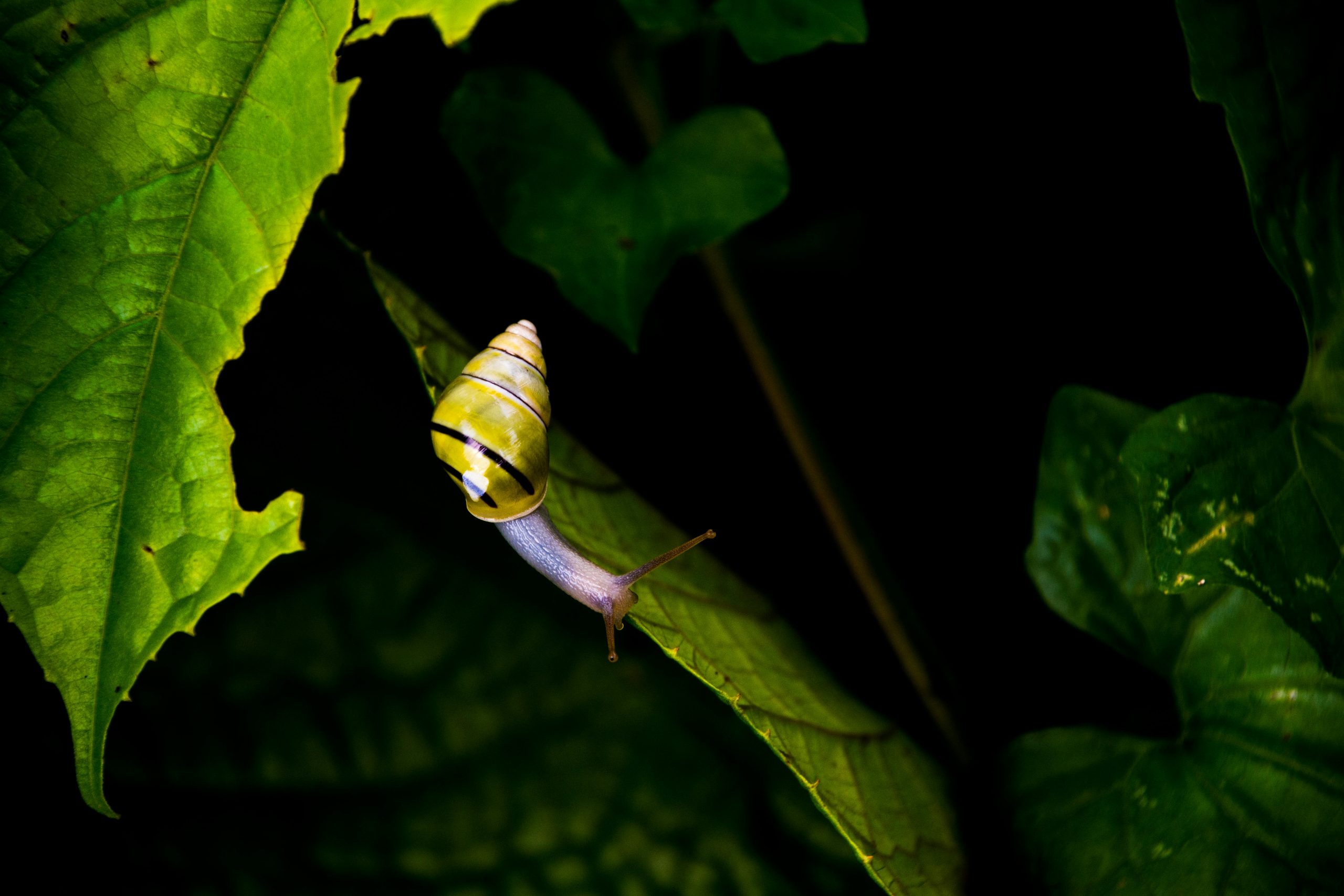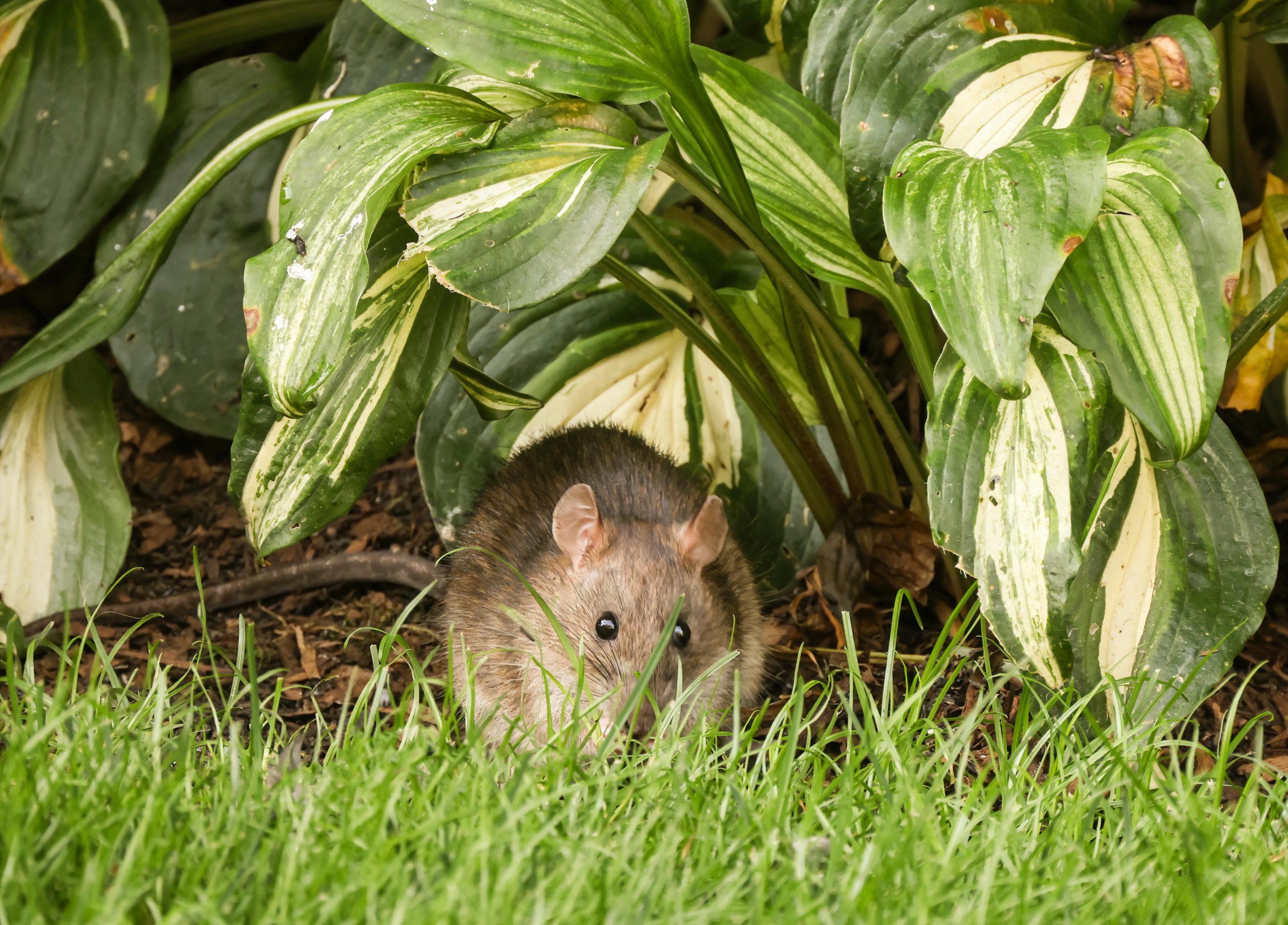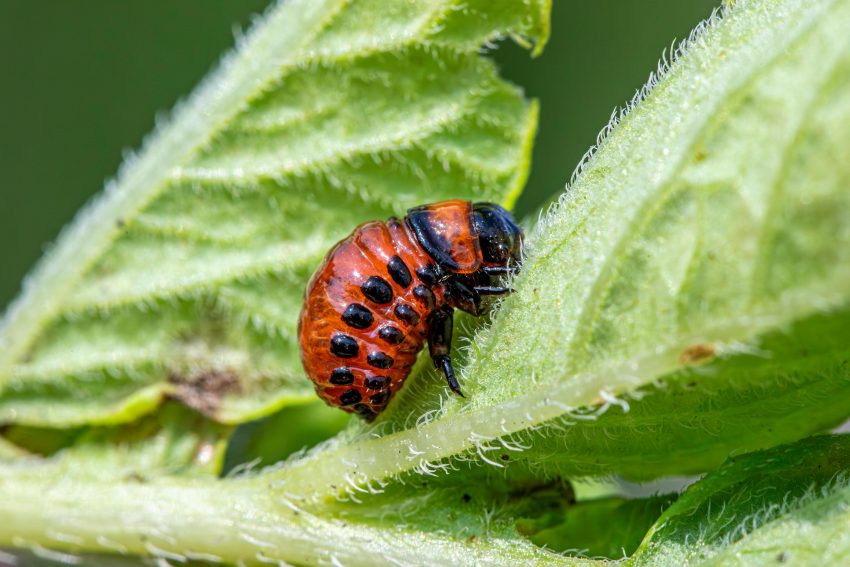- Early identification is key: Recognizing signs of pests like aphids, caterpillars, whiteflies, and spider mites allows for prompt intervention before serious damage occurs.
- Use a combination of control methods: Handpicking, natural predators, organic sprays, and physical barriers work together to reduce pest populations effectively.
- Preventive garden practices matter: Proper plant spacing, healthy soil, regular inspections, and removing debris help prevent infestations from taking hold.
- Encourage beneficial insects and animals: Ladybugs, lacewings, predatory mites, and birds naturally control pest populations, reducing the need for chemical interventions.
- Organic solutions are safer and effective: Neem oil, insecticidal soaps, Bacillus thuringiensis (Bt), and diatomaceous earth target pests while protecting plants, pollinators, and the environment.
- Seasonal awareness improves pest management: Knowing which pests are active during spring, summer, fall, and winter helps gardeners anticipate issues and apply timely interventions.
- Rodents are overlooked but impactful pests: Beyond insects, mice, rats, and voles can damage roots, stems, and fruits, requiring fences, traps, and habitat management.
Gardening is a rewarding hobby, but it comes with its challenges. One of the biggest headaches for any gardener is dealing with garden pests. These unwanted visitors can quickly damage your hard work and leave your plants struggling to survive. From tiny insects to larger critters, knowing which pests to watch for—and how to deal with them—is crucial. In this guide, we’ll explore the top 10 garden pests that can ruin your plants and provide practical tips to protect your garden.
1. Aphids: Tiny But Terrifying
Aphids may be small, but their impact can be enormous. These tiny, soft-bodied insects feed on plant sap, weakening plants and spreading diseases. They often appear in clusters on stems and leaves, making them easy to spot if you know what to look for.
Signs of an aphid infestation:
- Curling or yellowing leaves
- Sticky residue called honeydew
- Presence of ants, which often farm aphids for honeydew
How to control aphids:
- Spray with a strong jet of water to dislodge them
- Introduce natural predators like ladybugs or lacewings
- Use insecticidal soaps or neem oil
Aphids are most active in spring and early summer, so checking new growth regularly can prevent a full-blown infestation.
2. Slugs and Snails: Nighttime Nibblers

Slugs and snails are common garden pests that thrive in damp conditions. They feed on tender leaves, seedlings, and fruits, often leaving ragged holes and slime trails.
Tips to manage slugs and snails:
- Handpick them at night or early morning
- Use barriers like crushed eggshells or copper tape
- Remove hiding spots such as mulch and dense ground cover
These pests can be persistent, but consistent monitoring and physical barriers go a long way in keeping them in check.
3. Caterpillars: Leaf-Eating Machines
Caterpillars are the larval stage of butterflies and moths. While butterflies are welcome, their caterpillars can devastate plants by chewing through leaves, stems, and sometimes even fruits.
Common caterpillar types in gardens:
- Tomato hornworms
- Cabbage loopers
- Corn earworms
Control methods:
- Handpick caterpillars and dispose of them
- Use Bacillus thuringiensis (Bt), a natural bacteria that targets caterpillars
- Encourage birds and beneficial insects to visit your garden
Inspect plants regularly, especially leafy vegetables, to catch infestations early.
4. Whiteflies: Tiny Flyers With Big Appetite
Whiteflies are small, winged insects that suck sap from leaves, often causing yellowing, wilting, and stunted growth. They reproduce quickly and can be challenging to control if not caught early.
Signs of whiteflies:
- Yellowing leaves
- Tiny white insects flying when plants are disturbed
- Sticky honeydew on leaves
Effective solutions:
- Use yellow sticky traps to capture adult whiteflies
- Spray with insecticidal soap or neem oil
- Introduce natural predators like parasitic wasps
Whiteflies thrive in warm, sunny environments, making greenhouses particularly vulnerable.
5. Spider Mites: The Tiny Web Spinners
Spider mites are minuscule pests that feed on plant sap, leaving tiny yellow or white specks on leaves. They can quickly create webs and infest entire plants, especially during hot, dry weather.
How to spot spider mites:
- Fine webbing on leaves or stems
- Tiny moving dots on leaf undersides
- Leaves turning yellow, bronze, or dry
Control strategies:
- Spray leaves with water to dislodge mites
- Introduce predatory mites or ladybugs
- Use horticultural oils or miticides if necessary
Regular inspection, particularly under leaves, is key to preventing large infestations.
6. Mealybugs: Cottony Pests That Drain Plants
Mealybugs are soft-bodied insects covered with a white, cotton-like substance. They feed on plant sap, weakening plants and leaving a sticky residue behind. They are common on houseplants, vegetables, and ornamentals.
Signs of mealybugs:
- Cotton-like clusters on stems, leaves, and roots
- Stunted growth or yellowing leaves
- Honeydew that attracts ants
Control methods:
- Wipe affected areas with rubbing alcohol
- Use insecticidal soap or neem oil
- Introduce natural predators like ladybugs or lacewings
These pests can multiply rapidly, so early detection is essential.
7. Japanese Beetles: The Metallic Menace
Japanese beetles are shiny, metallic green insects that feed on the foliage, flowers, and fruits of over 300 plant species. They skeletonize leaves, leaving only veins behind.
Signs of Japanese beetle damage:
- Leaves with only veins remaining
- Irregular holes in flowers and fruits
- Beetles clustered on plants in summer
Control strategies:
- Handpick beetles early in the morning and drop them into soapy water
- Use traps away from plants to reduce beetle numbers
- Apply neem oil or pyrethrin-based sprays if necessary
Because they are strong flyers, prevention and monitoring are crucial.
8. Cutworms: Garden Killers at Night
Cutworms are the larvae of certain moths and are notorious for cutting down seedlings at the soil level. They usually attack at night, leaving plants toppled in the morning.
Signs of cutworm damage:
- Seedlings severed near the soil
- Loops of soil disturbance around affected plants
- Presence of dark, soft-bodied larvae
Control techniques:
- Place collars around young seedlings
- Till soil before planting to disrupt larvae
- Apply beneficial nematodes or insecticides if needed
Cutworms can be particularly damaging to vegetable gardens, so protective measures are worth implementing early.
9. Thrips: Tiny Feeders With Big Impact
Thrips are small, slender insects that feed on leaves, buds, and flowers. They can cause distorted growth, silvering of leaves, and transmit plant viruses.
Indicators of thrip activity:
- Silvery or bronze streaks on leaves
- Deformed flowers or buds
- Tiny black fecal specks
Management tips:
- Use blue sticky traps to monitor populations
- Spray with insecticidal soap or neem oil
- Encourage predatory insects like minute pirate bugs
Thrips are hard to spot with the naked eye, so regular inspection is essential to protect plants.
10. Rodents: More Than Just Garden Pests

While insects dominate the pest list, rodents like mice, rats, and voles can also wreak havoc. They chew on roots, stems, fruits, and seeds, often causing significant damage to vegetable gardens and young plants.
Signs of rodent damage:
- Gnawed stems or roots
- Tracks or droppings near plants
- Burrows around garden beds
Control methods:
- Use traps or bait stations safely
- Install garden fencing or wire mesh
- Remove food sources and debris that attract rodents
Rodents are persistent, so combining several strategies is often the most effective way to protect your garden.
Preventing Garden Pests Before They Strike
Dealing with garden pests can be stressful, but prevention is always easier than treatment. Some strategies include:
- Proper plant spacing: Crowded plants create a humid environment ideal for pests.
- Healthy soil: Fertile, well-draining soil keeps plants strong and more resistant to infestations.
- Regular inspection: Catching pests early makes control much easier.
- Companion planting: Certain plants repel pests naturally, such as marigolds and basil.
- Remove debris: Piles of leaves, mulch, and weeds can harbor pests.
Natural Predators: Your Garden’s Defense Team
Many garden pests have natural enemies. Encouraging these beneficial insects can reduce pest populations naturally:
- Ladybugs: Eat aphids, mealybugs, and other soft-bodied insects.
- Lacewings: Consume aphids, caterpillars, and whiteflies.
- Predatory mites: Target spider mites.
- Birds: Feed on caterpillars, beetles, and slugs.
Creating a balanced ecosystem is one of the best long-term strategies for a healthy garden.
Organic Solutions for Garden Pests
Chemical pesticides aren’t always necessary and can sometimes do more harm than good. Organic methods are safer for humans, pets, pollinators, and the environment. Here are some effective options:
Neem Oil
Derived from the neem tree, neem oil works against aphids, whiteflies, mealybugs, and other sap-feeding insects. It disrupts their feeding and reproduction, helping reduce pest populations naturally. Apply it to both the tops and undersides of leaves for best results.
Insecticidal Soaps
These soaps are effective against soft-bodied insects such as thrips, aphids, and mealybugs. They work by breaking down the pest’s outer coating, causing dehydration. Be careful to follow instructions and avoid spraying during the heat of the day to prevent plant damage.
Bacillus Thuringiensis (Bt)
Bt is a naturally occurring bacteria that targets caterpillars and other leaf-eating larvae without harming beneficial insects. It’s ideal for vegetable gardens where you want to protect plants while keeping predators safe.
Diatomaceous Earth
This fine powder is made from fossilized algae and is effective against slugs, snails, and some crawling insects. It works by damaging the pest’s exoskeleton and causing dehydration. Sprinkle it around the base of plants and reapply after rain.
Consistency is key with organic treatments. Regularly monitor your garden and apply treatments early to prevent pest populations from growing out of control.
Seasonal Considerations for Garden Pests
Pest activity changes throughout the year, so understanding seasonal patterns can help you anticipate problems and take action before damage occurs.
Spring
As new growth emerges, aphids, caterpillars, and slugs become more active. Focus on inspecting seedlings and young plants frequently, using row covers to protect vulnerable crops, and encouraging beneficial insects early in the season.
Summer
Warm weather brings out whiteflies, spider mites, and Japanese beetles. Regularly check leafy vegetables, flowers, and greenhouse plants. Mulching and adequate watering can reduce stress on plants and make them less appealing to pests.
Fall
Rodents and some beetles start preparing for winter by feeding on roots, seeds, and fruits. Remove fallen fruit, clean up plant debris, and consider protective barriers around the base of sensitive plants.
Winter
While most outdoor pests slow down, indoor gardens or greenhouses may still experience mealybugs and spider mites. Keep humidity levels in check and continue inspecting plants regularly, even in cooler months.
By adjusting your monitoring and control strategies according to the season, you can prevent pests from gaining a foothold and protect your plants year-round.
Final Thoughts
Garden pests are an inevitable part of gardening, but understanding them and taking proactive steps can minimize their impact. From tiny aphids to hungry rodents, knowing how to identify and manage pests is essential for a thriving garden. Regular monitoring, healthy plants, natural predators, and safe pest control methods will keep your garden flourishing and your plants protected.
By keeping a close eye on your garden and acting quickly when pests appear, you can enjoy beautiful, healthy plants all season long.
